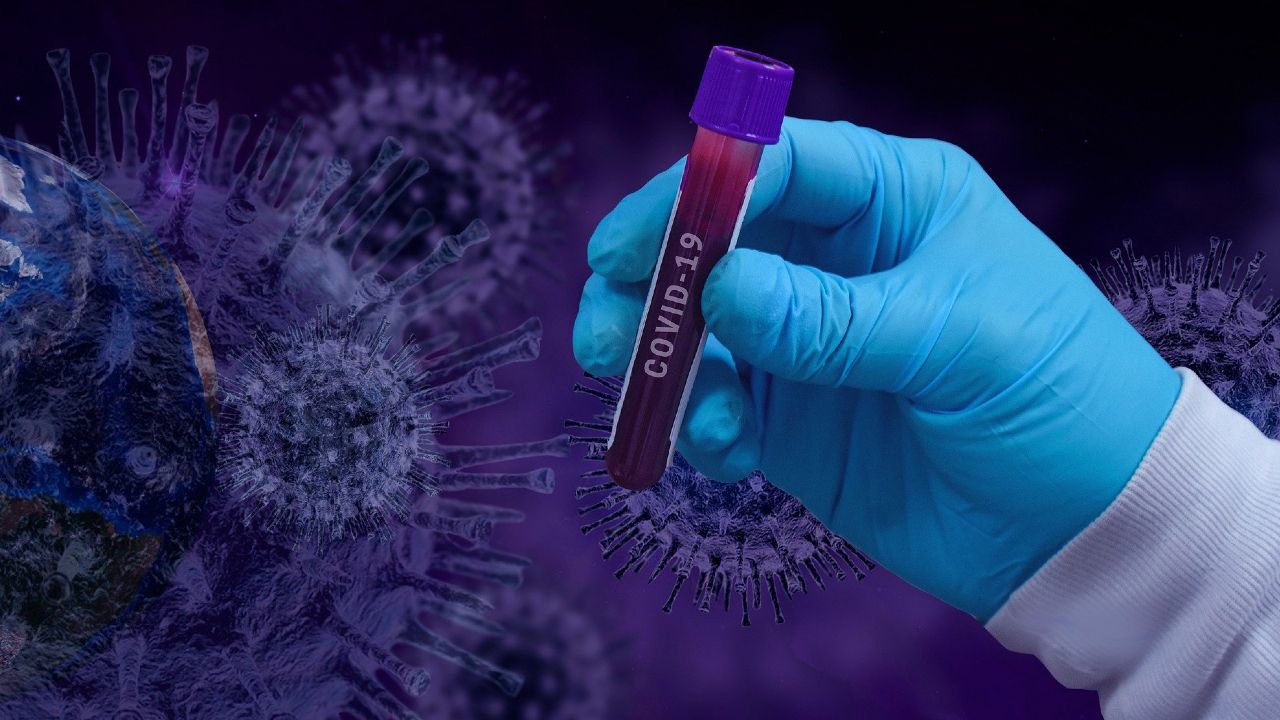HILLSBOROUGH COUNTY, Fla. -- Hillsborough County's Emergency Operations Center is urging continued vigilance from the public after members of the county's emergency policy group learned Thursday that new cases of COVID-19 during two 14-day periods indicate an upward trend.
What You Need To Know
- 450 new cases identified in Hillsborough during past week
- Emergency Policy Group urges public to remain vigilant and continue following safety guidance
- State also sees two-day spike in cases
- More Hillsborough County stories
"For us, the last 14 days, both the numbers and our trajectory have been high and increasing," Dr. Douglas Holt, director of the Florida Dept. of Health in Hillsborough County, said during the meeting.
According to data from FLDOH, 450 new cases were identified in Hillsborough County during the past week. One hundred of those cases were confirmed during the past 24 hours.
Holt said in addition to increases in the number of cases and level of transmission, the percent of positive test results also increased.
"As the number of tests being performed increases, this positive percentage is expected to decrease. Our percent positive results are increasing, while our tests are flat-to-decreasing," Holt said. "To me, that suggests the people that are choosing to be tested believe they are at risk or infected."
Holt told EPG members Hillsborough has a larger increase in trajectory than some of the other counties in Tampa Bay, but that other counties across the state are also experiencing increases. Data from FLDOH's COVID-19 Data and Surveillance Dashboard shows that the state saw spike in new cases on June 2, when 1,200 new infections were reported.
The numbers went up again on June 3, with 1,300 new cases.
"It's something we should watch very carefully. There are likely several factors that contributed to that spike," said Dr. Jay Wolfson, a professor of public health, medicine, and pharmacy with the University of South Florida, as well as Senior Associate Dean of the Morsani College of Medicine.
Those factors include increased testing, more people getting out and about as the state reopens, and the natural fluctuation of reported data.
"We're not dealing with a peak, we're dealing with plateaus," said Wolfson. "Plateaus are leveling-off periods where there'll be some increases and decreases over time, and we have to observe them over time to determine whether or not they're significant."
EPG members said the large crowds that took part in this week's protests, as well as the beginning of phase two of the state's reopening on Friday, could create more spikes. They're reminding the public to continue social distancing, wearing face masks in public, and frequently washing hands and high-touch surfaces.
Wolfson said it's too early to say if these increases indicate the beginning of a second wave. He said an increase in admissions to hospitals and intensive care units of patients with COVID-like symptoms could be a first signal of that, along with spikes in new cases and deaths.
"All of those things combined over a two week period or so would indicate that there was something happening in the background and we want to watch it very carefully," said Wolfson.
When asked by an EPG member what would be the "final trigger" indicator that the county needs to sound the alarm regarding an increase in cases, Holt said an increased impact on hospitals would require definitive action. He said that's something he's watching closely.
"Again, we're not alone. There are some examples across the state that show some similarities," he said of what Hillsborough is currently seeing. "That's not surprising with this virus. It's going to appear and disappear, if you will. Maybe not disappear, but will surge and then fade away."
Wolfson also stressed the public needs to be aware that the virus is still a threat and they still need to follow precautions.



